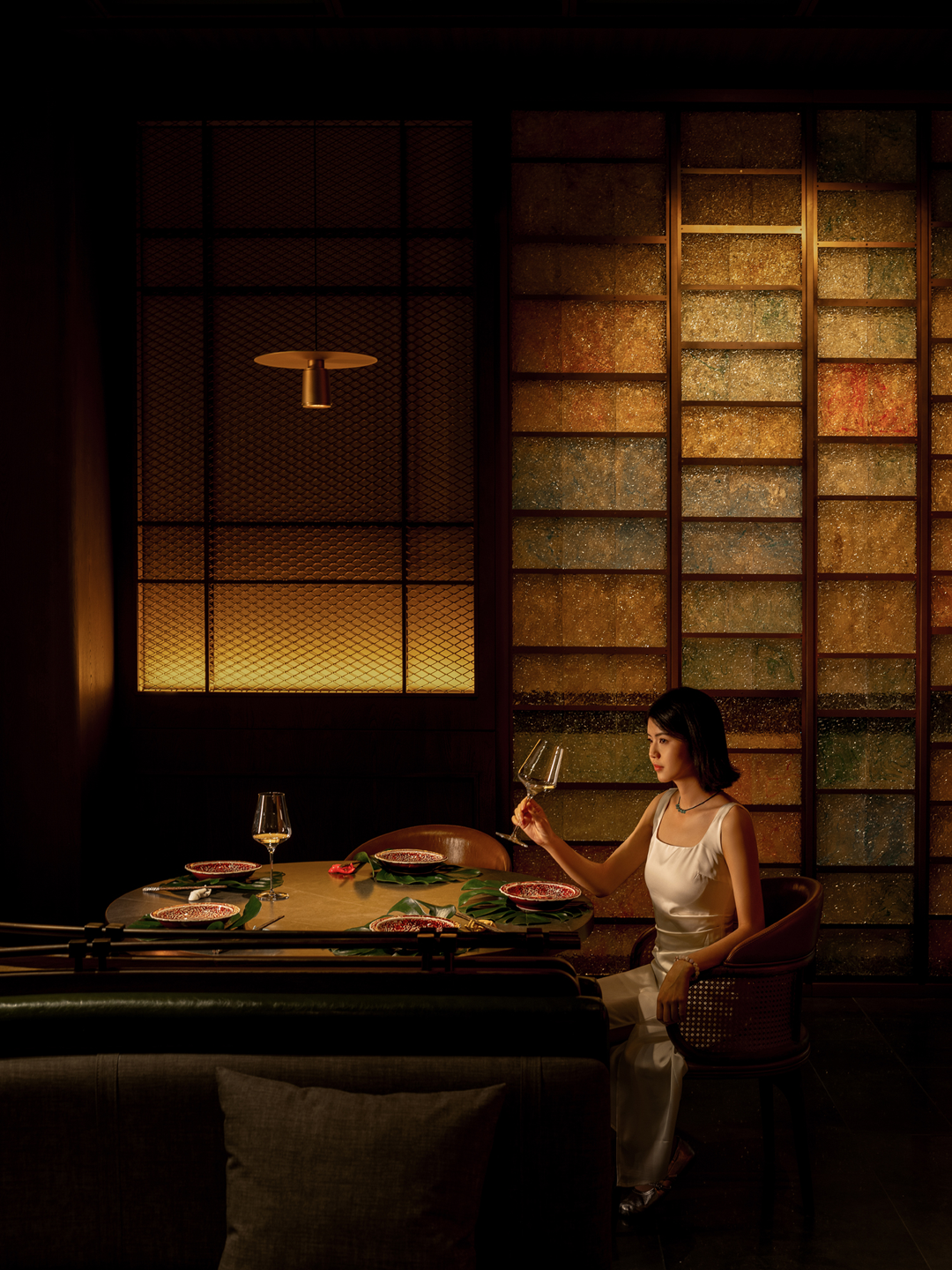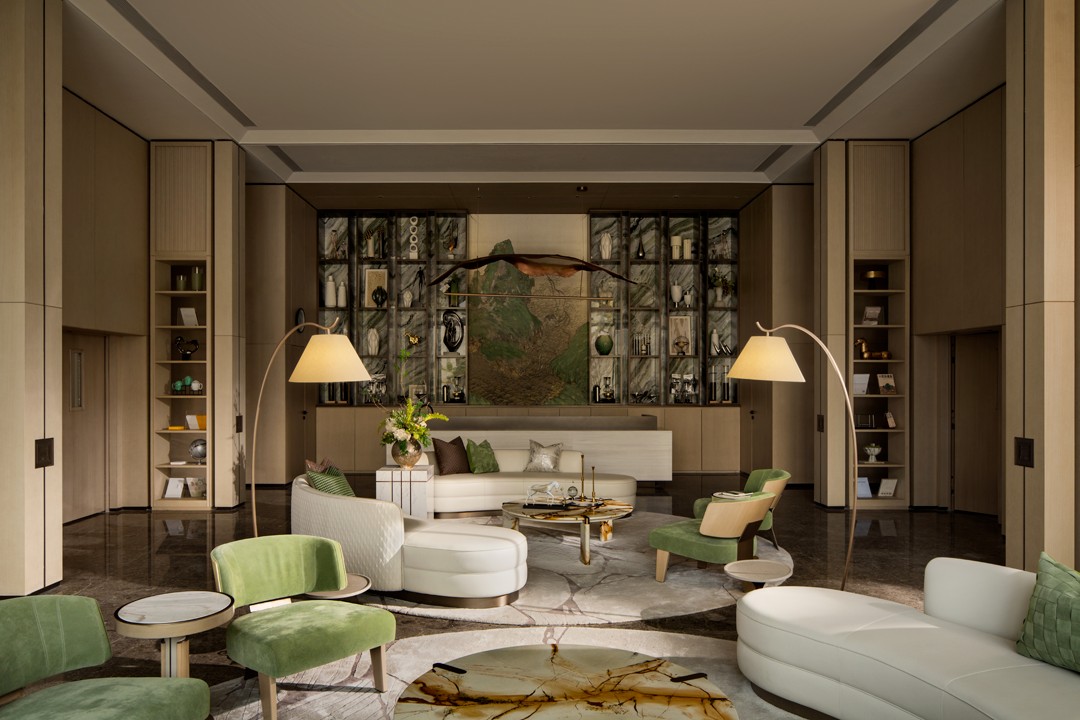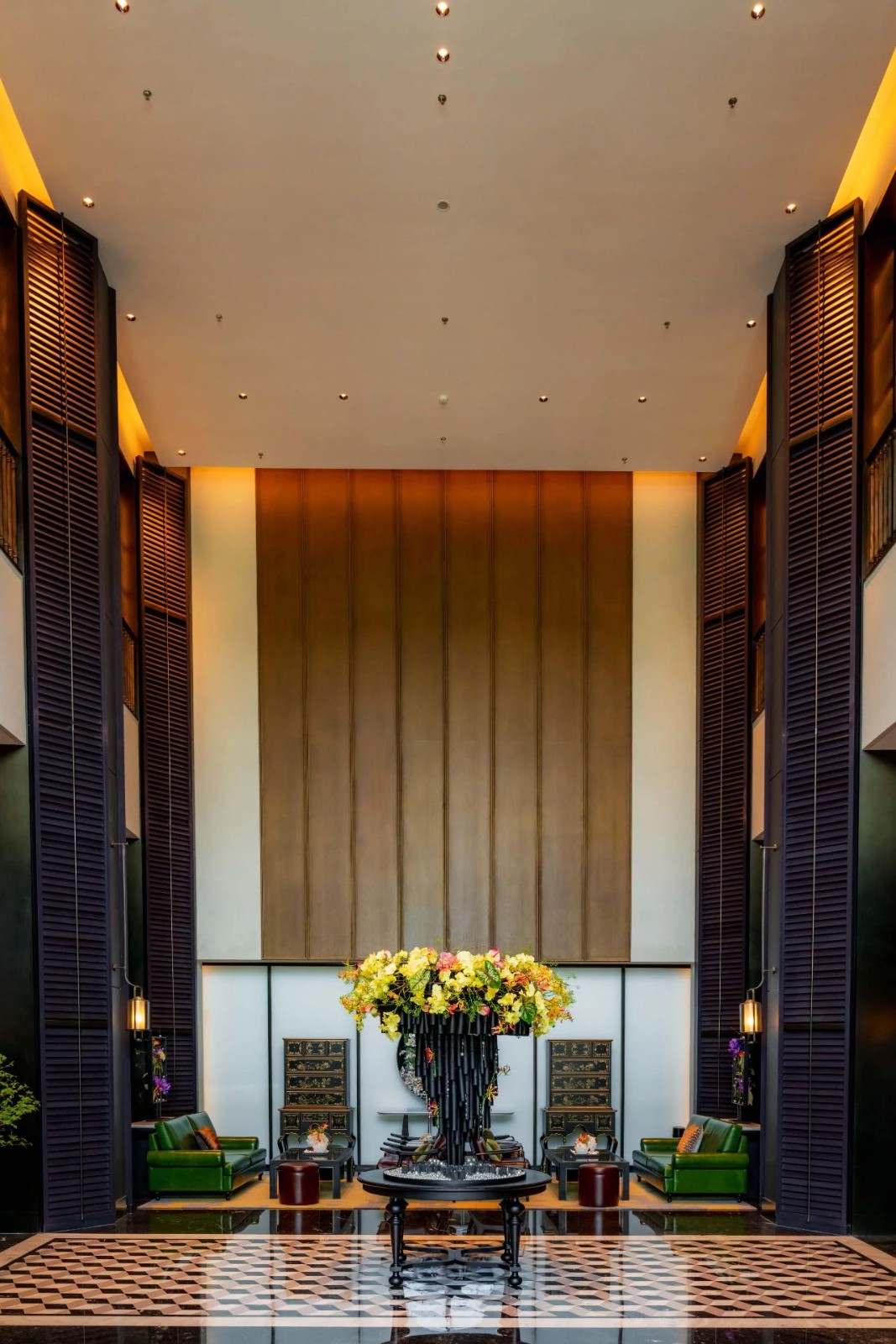Kindergarten Complex / Sarit Shani Hay
2019-02-13 08:38
Project: Kindergarten Complex Designer: Sarit Shani Hay Design Studio Location: Tel Aviv, Israel Year 2018 Photography: Dudi Moskovitz The project was made in collaboration with Yashar Architects, the Tel Aviv municipality and Gindi Tel Aviv
项目:幼儿园综合设计师:Sarit Shani Hay Design Studio地点:以色列特拉维夫2018年摄影:Dudi Moskovitz该项目是与Yashar Architect、特拉维夫市和Gindi特拉维夫合作进行的
A new kindergarten complex was recently launched on the site of the former Farmer’s Market in Tel Aviv, offering the residents an extensive educational project with innovative planning and design. The space includes 6 kindergartens and 3 daycares that have their own individual identity but are joined as one collective space. The communal lobby functions as an imaginative gathering area between the kindergartens and the daycare. It contains a large wooden interactive wall comprised of nooks shaped as oranges in different geometrical shapes allowing the children to sit, rest or play.
最近在特拉维夫前农贸市场的工地上启动了一个新的幼儿园综合体,为居民提供了一个具有创新规划和设计的广泛的教育项目。该空间包括6所幼儿园和3所托儿所,它们有自己的个人身份,但作为一个集体空间连接在一起。社区大厅作为幼儿园和托儿所之间富有想象力的聚集地。它包含一个巨大的木制互动墙,由形状不同的橘子组成的角落组成,使孩子们可以坐下来、休息或玩耍。
Inspiration: The design concept was inspired by the history of the site and the city of Tel Aviv. The site’s long running history as a wholesale market and storage facility was a recurring theme for the development of the design strategy. The kindergartens were designed by themes of vegetables and fruits and market life. The main lobby’s orange theme was inspired by a classic Israeli children’s book. We believe the educational environment should be designed in a way that promotes play and develops a child’s desire to explore and experience.
灵感:设计理念的灵感来源于该遗址的历史和特拉维夫市。该网站作为批发市场和存储设施的长期运行历史是一个反复出现的主题,为发展的设计战略。幼儿园是以蔬菜水果和市场生活为主题设计的。主大厅的橙色主题灵感来自一本经典的以色列儿童读物。我们认为,教育环境的设计应促进玩耍,并培养儿童对探索和体验的渴望。
Operation / Flow / Interaction: The complex was designed in a way that each Kindergarten functions as an autonomic unit meeting the needs of each specific age group. The communal spaces add value for both the Kindergarten - the Nursery, creating a joint space for all. The integration of a bright universal language with local motives that emerge organically from the place and its recent history is characteristic of Shani Hay’s design language, which is not only formalistic but also narrative, promoting playful activities. The space design took into account both the pedagogical needs and the desire to promote a friendly playful setting, which offers hands-on activity and a lasting experience. This 21st century educational kindergarten complex is designed in a way that promotes learning through enjoyment and imaginative play.
运作/流动/互动:该综合体的设计方式,使每个幼儿园作为一个自治单位,以满足每个特定年龄组的需要。公共空间为两所幼儿园增添了价值
Production / Realization Technology The distinctive character of each kindergarten was dictated by the fruits or vegetables identified with it, which served as a design code and gave rise to its color scheme and components, as well as its overall design. The materials chosen are particularly durable. Stainproof upholstery fabrics as well as natural wood maintain the appearance and cleanliness of different spaces in the complex over time. A natural and authentic language is used with definite and clear bright colors. Graphic and symbolic motifs were intertwined to meet functional needs. Our design goal was to create furniture and accessories that can be aesthetically accessible and adapted to the children’s body structure. The kindergarten’s design language draws on the active design principles: an open, modular space, which follows the principle of peripheral furniture surrounding portable playing and padded sitting areas at its center. Each kindergarten contains different activity stations that promote sociodramatic play. All the furniture and objects were custom made, using the most advanced CNC technologies and are made of raw materials such as plywood and solid wood.
生产/实现技术每所幼儿园的特色取决于与之相关的水果或蔬菜,这些水果或蔬菜作为设计准则,产生了幼儿园的色彩方案和组成部分,以及其总体设计。所选择的材料特别耐用。防污室内装潢面料以及天然木材保持了不同空间的外观和清洁,随着时间的推移。一种自然而真实的语言被用在明确而鲜明的颜色上。图形和符号主题交织在一起,以满足功能需求。我们的设计目标是创造家具和配件,可以在美观和适应儿童的身体结构。幼儿园的设计语言借鉴了积极的设计原则:一个开放的、模块化的空间,它遵循周边家具的原则,围绕着便携游戏和其中心的垫休息区。每个幼儿园都有不同的活动站,以促进社会戏剧表演。所有的家具和物品都是定制的,采用最先进的数控技术,由胶合板和实木等原材料制成。
Research Abstract: The design of the educational center was carried out to ensure the needs of the children and the community be met. Following the observation of children of varying ages, a profound joint dialogue between the educational staff, the municipality and the architects of the building occured. It was important for us to create a cluster that paid homage to the cultural background of the distinct location and the city of Tel Aviv.
研究摘要:教育中心的设计是为了满足儿童和社区的需要而进行的。在对不同年龄的儿童进行观察之后,教育工作人员、市政当局和建筑设计师进行了深入的联合对话。对我们来说,重要的是建立一个集群,向独特位置和特拉维夫市的文化背景致敬。
Challenge: The biggest challenge was creating an innovative learning space that provides for the children while taking into consideration the building requirements as well as the needs of the community.
挑战:最大的挑战是创造一个创新的学习空间,为儿童提供服务,同时考虑到建筑要求以及社区的需要。
 举报
举报
别默默的看了,快登录帮我评论一下吧!:)
注册
登录
更多评论
相关文章
-

描边风设计中,最容易犯的8种问题分析
2018年走过了四分之一,LOGO设计趋势也清晰了LOGO设计
-

描边风设计中,最容易犯的8种问题分析
2018年走过了四分之一,LOGO设计趋势也清晰了LOGO设计
-

描边风设计中,最容易犯的8种问题分析
2018年走过了四分之一,LOGO设计趋势也清晰了LOGO设计


















































